Tomatoes are one of the most popular garden vegetables. They taste great, grow fast, and work in many meals. But small mistakes can cause poor growth or fewer tomatoes.
In this guide, you’ll learn the top mistakes that many people make—like watering wrong, planting too early, or choosing the wrong kind of tomato. You’ll also see why pruning, spacing, staking, and feeding are important. These tips will help you grow strong, healthy tomato plants.
Even a small change can give you more tomatoes. Let’s look at what really matters.
1. What happens if I water my tomato plants the wrong way?
Too much or too little water is a big problem. If you give too much, the roots can’t breathe. This causes root rot and yellow leaves. If you don’t give enough, the plant becomes weak and the fruit may crack.
Tomatoes need steady moisture. Water the base of the plant in the morning. This helps the roots take in water and keeps the leaves dry. Wet leaves can get diseases.
Use a drip system or watering can. Don’t use sprinklers. Water slowly and deeply. Before watering, touch the soil. If it feels dry about 1 inch down, it’s time to water.
2. Why is planting too early a bad idea?
Tomatoes like warm soil. If you plant them in cold weather, they can stop growing or even die. Cold air also makes the plant weak and easy to get sick.
Wait until night temperatures stay above 50°F (10°C). Use a soil thermometer if you’re not sure. If you wait for the right time, your tomatoes will grow better and faster.
3. How do I pick the right tomato type?
Tomato plants come in many types. Some grow tall and need support. Others stay short and grow in small spaces. Some are better for salads. Others are better for sauces.
Check if the plant is determinate (bushy, all fruit at once) or indeterminate (keeps growing and giving fruit). Also, look for plants that resist disease.
If you grow in a pot or small space, choose compact types. Pick what works best for your space and kitchen.
4. Why should I prune tomato plants?
Tomato vines grow fast and get crowded. This blocks air and light, which causes diseases like blight.
Pruning means removing small shoots (called suckers) that grow between the main stem and branches. This helps the plant send energy to the fruit, not just the leaves.
For tall types (indeterminate), prune lightly once a week. Use clean tools. Do it in the morning. Don’t cut too much, or the plant may get stressed.
5. What can happen if I plant before the last frost?
Tomatoes hate cold. A late frost can kill the plant. Even cool weather slows growth and makes the plant weak.
Check the last frost date for your area. Wait until it passes. If you’re not sure, cover the plants with a cloth or use row covers. It’s better to wait than to lose your plants.
6. How often should I prune tomato plants?
Check your plants once a week. Remove small shoots early with your fingers or garden scissors. This keeps the plant neat and lets air and light in.
For indeterminate types, regular pruning helps you get more tomatoes. For bushy (determinate) types, don’t prune too much, or you’ll get less fruit.
7. What causes blossom end rot and how do I stop it?
Blossom end rot is a black spot at the bottom of the tomato. It happens when the fruit doesn’t get enough calcium.
This often happens from uneven watering, not because the soil lacks calcium. Water the soil evenly and often. Don’t let it dry, then soak it.
Add mulch to keep moisture in. Use balanced fertilizer. Don’t give too much nitrogen. Crushed eggshells or lime can help if your soil is low in calcium.
8. Can too much fertilizer hurt my tomatoes?
Yes. Too much nitrogen makes the plant grow lots of leaves but few tomatoes. The plant looks healthy, but the fruit is small or missing.
Use a fertilizer with less nitrogen and more phosphorus and potassium. Read the label. Feed your plants slowly and don’t overdo it.
9. What fertilizing mistakes should I avoid?
Big mistakes include:
- Using the wrong fertilizer
- Feeding too much
- Feeding at the wrong time
Too much fertilizer = lots of leaves, no fruit
Too little = weak plants
Test your soil before adding anything. Water the soil before feeding. Follow package instructions. Feed a little at a time.
10. Why is hardening off tomato seedlings important?
Seedlings grown indoors need time to adjust to sun, wind, and outside air. If you move them straight outside, they can wilt or die.
Start by putting them outside for a few hours a day in a shaded spot. Slowly give them more sun each day for a week. This makes the plants strong and ready for the garden.
11. Why do tomato plants need space?
If you plant too close, the plants fight for sun, water, and food. Crowded plants also get sick more easily.
Give each plant 18–24 inches of space. Leave 3 feet between rows. Check the plant label for exact spacing.
More space = better air flow, stronger plants, and more tomatoes.
12. What happens if I don’t stake my tomato plants?
Tomato vines need support. If they lie on the ground, the fruit touches the soil and gets bugs or rot.
Use stakes, cages, or trellises right after planting. Tie the plants gently with soft ties. Don’t use a string that cuts the stem.
Good support keeps the plant healthy and makes it easier to pick the fruit.
13. Why should I use mulch around tomato plants?
Mulch keeps the soil moist, blocks weeds, and keeps the ground warm. It also stops dirt from splashing on the leaves, which helps prevent disease.
Use straw, leaves, or compost. Spread 2–3 inches around the base of the plant. Keep mulch a little away from the stem.
Mulch means less work and better tomatoes.
14. What happens if I don’t rotate crops?
Growing tomatoes in the same spot every year causes problems. The soil gets weak and full of bugs and diseases that attack tomatoes.
Change spots each year. Wait at least 3 years before planting tomatoes in the same place. Grow other crops like beans or lettuce in between.
This keeps the soil healthy and protects your plants.
15. Why should I watch for pests and diseases?
If you wait too long, small problems grow fast. Bugs like aphids and worms suck the plant’s juice. Fungi and mold can ruin leaves and fruit.
Check plants often. Look under the leaves and near the stems. If you see yellow spots, holes, or twisted leaves, act fast.
Pick off bugs by hand or use safe sprays. Cut off bad leaves. Early action saves your harvest.
Expert Advice: 10 Common Tomato Growing Mistakes by Dr. Steve Reiners
Dr. Steve Reiners, a vegetable expert from Cornell University, shared a helpful guide for tomato growers. In his paper, he explains that growing tomatoes may seem easy, but many people make simple mistakes that hurt their harvest.
He lists 10 common problems, such as planting too early, not pruning, and overwatering. Each mistake can stop the plant from giving tasty, healthy tomatoes.
You can read the full guide here:
10 Mistakes to Avoid When Growing Tomatoes – by Dr. Steve Reiners (PDF)
This guide is great for new and experienced gardeners. It helps you avoid problems and grow better tomatoes.
Conclusion
Tomatoes are fun to grow, but small mistakes can hurt your harvest. Things like too much water, planting too early, or not giving enough space can make your plants weak. By learning from common mistakes and following expert advice—like the tips from Dr. Steve Reiners—you can grow stronger, healthier tomato plants.
Want to start fresh? Check out our full guide on how to grow tomatoes at home for step-by-step help.
Remember, good gardening takes a little care and the right steps. Check your plants often, give them support, and don’t forget to water the right way. These small changes can give you more fresh and tasty tomatoes.
Grow smart, and enjoy your harvest!

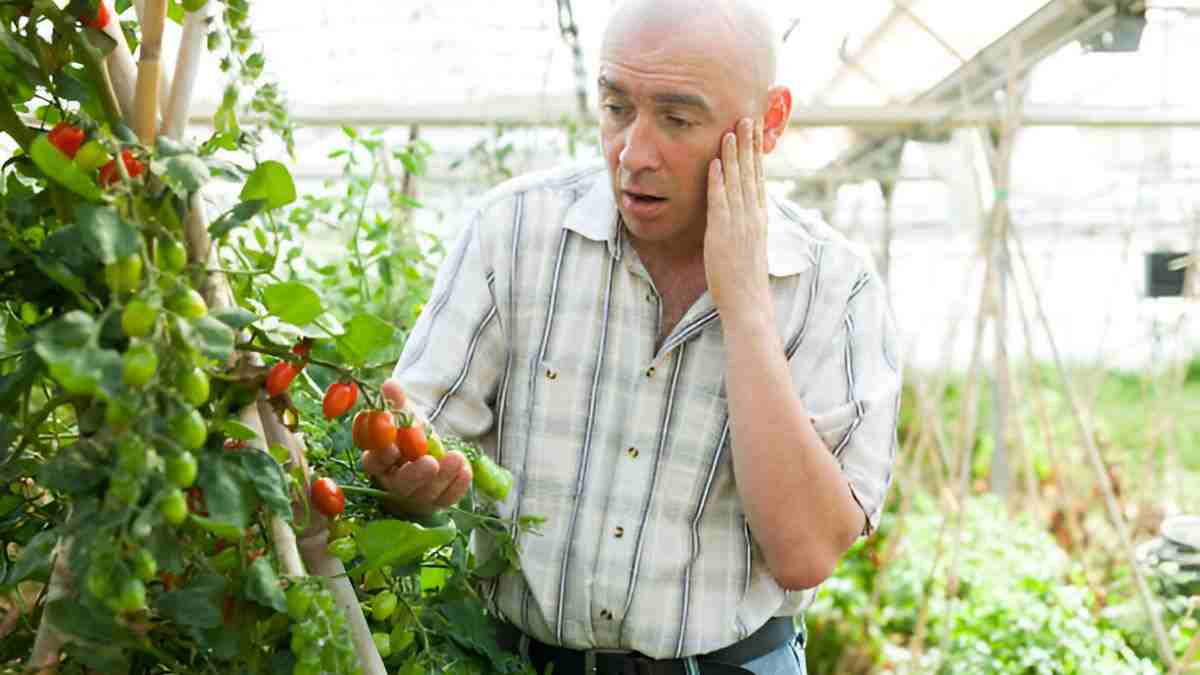
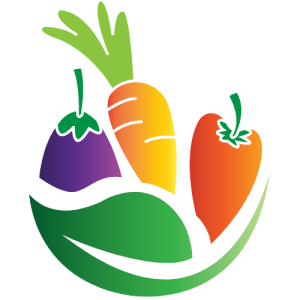
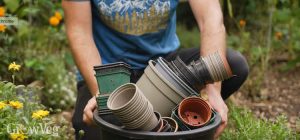
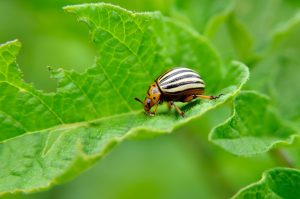
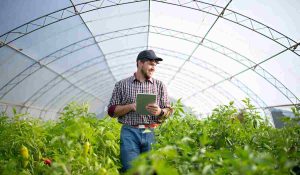
5 Responses
ab consequatur eum qui aut neque quam magni excepturi voluptatem excepturi. ad eius reprehenderit totam fugiat alias. distinctio ullam velit repellat eius natus autem dignissimos ut sed voluptas quia omnis at minus rem quaerat consequatur expedita quia.
excepturi possimus rerum ut recusandae ipsum. sequi occaecati nihil omnis nobis animi reprehenderit repellat cupiditate alias corporis assumenda eligendi quaerat nostrum iure mollitia velit mollitia.